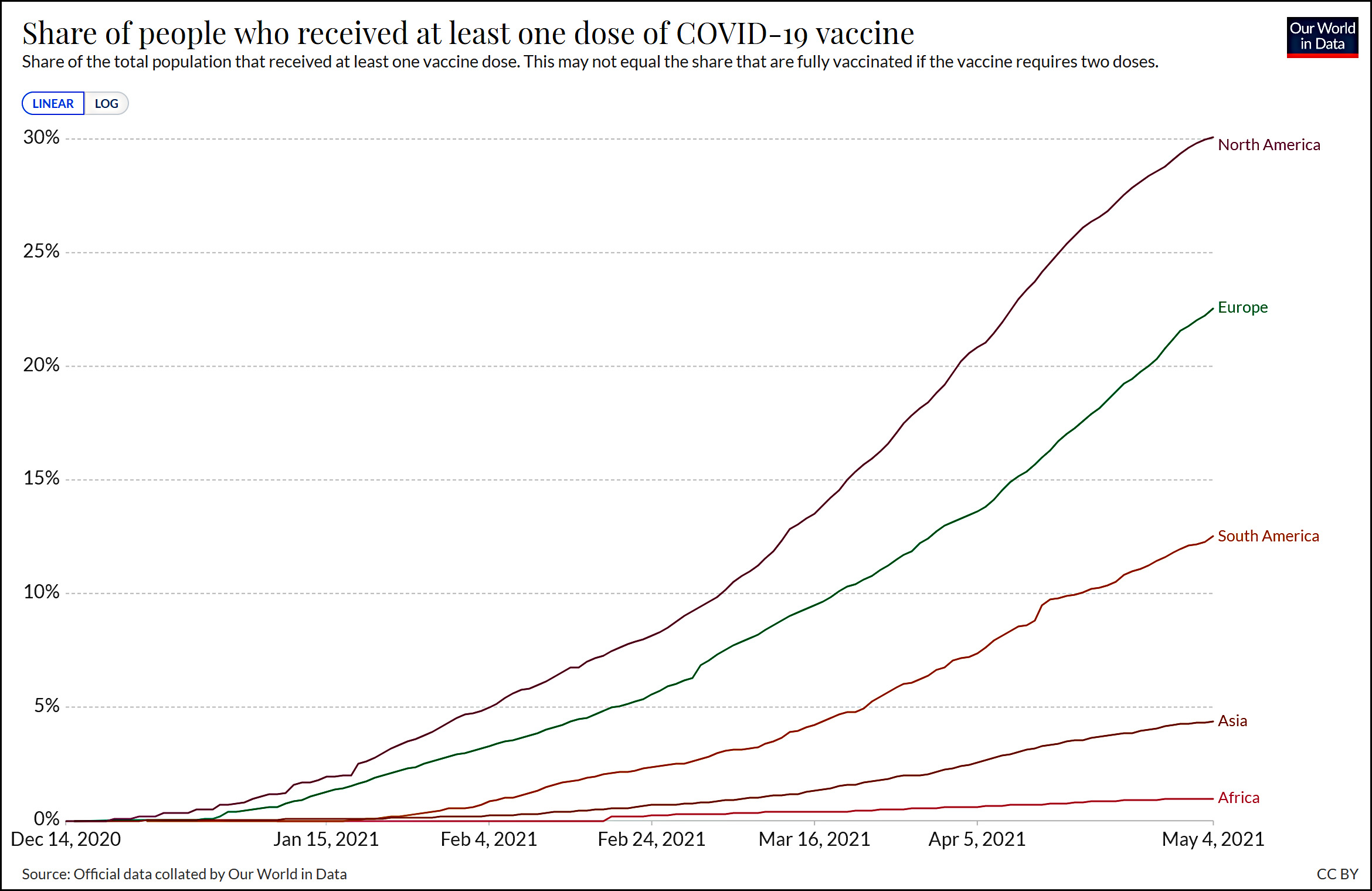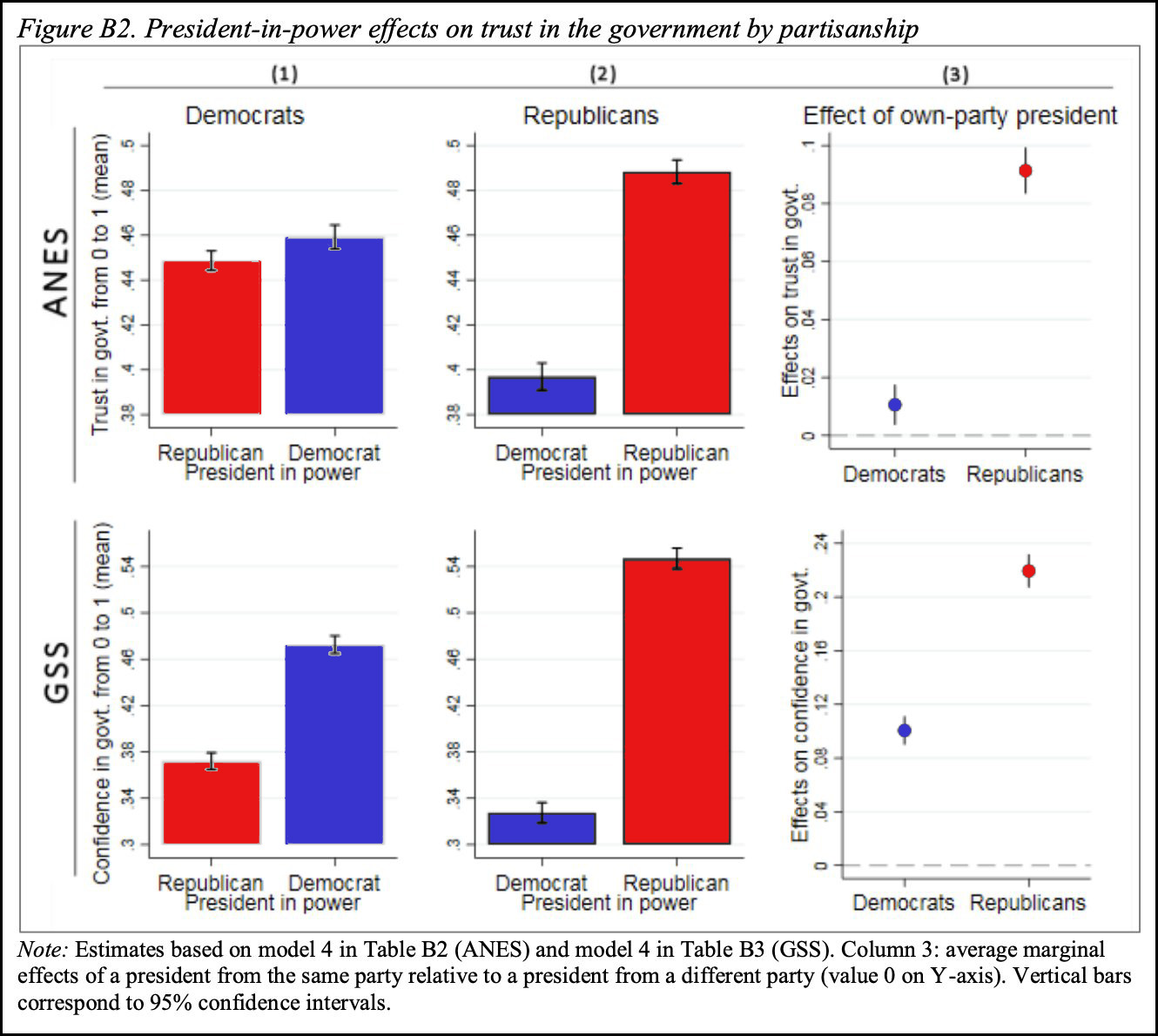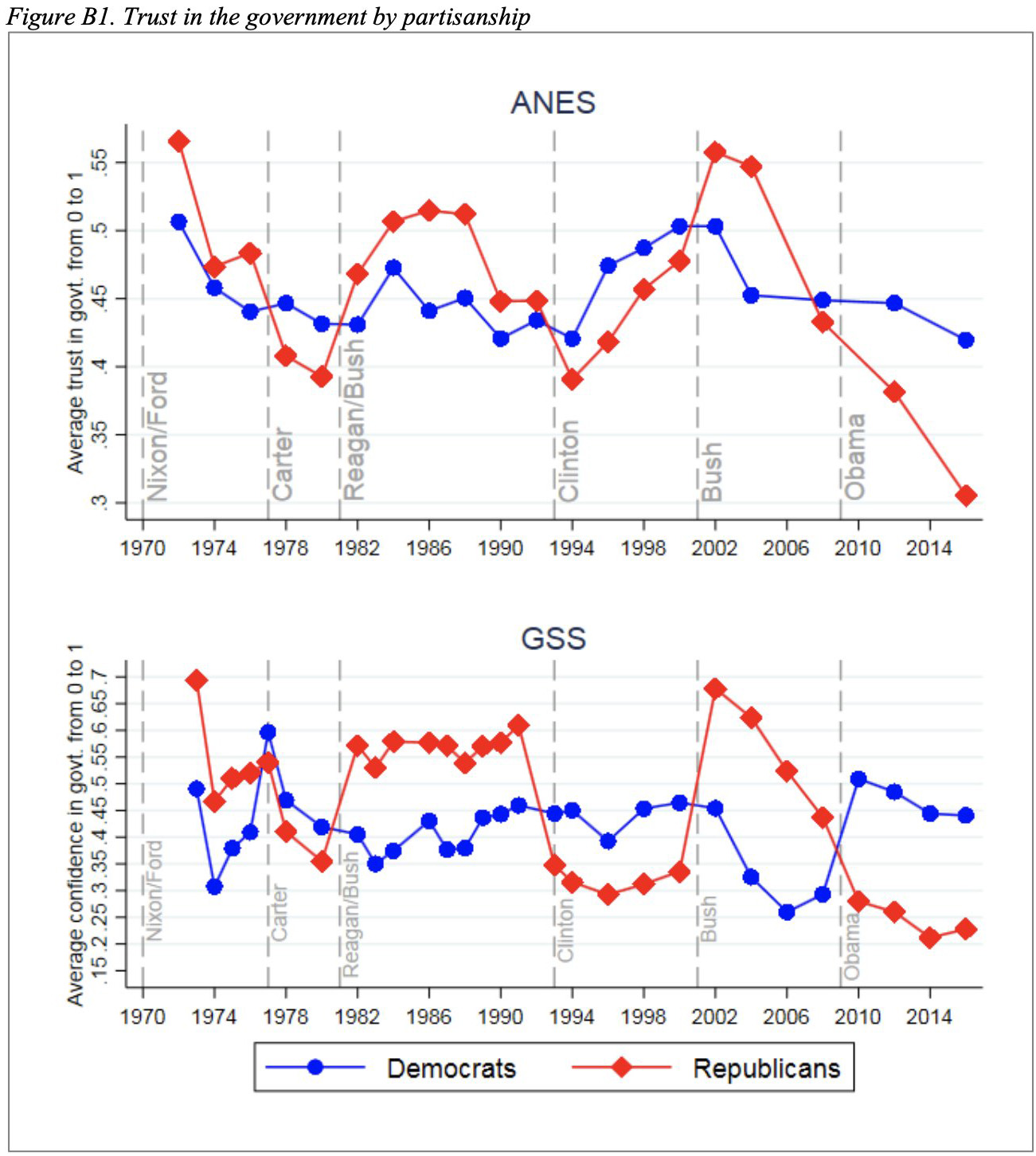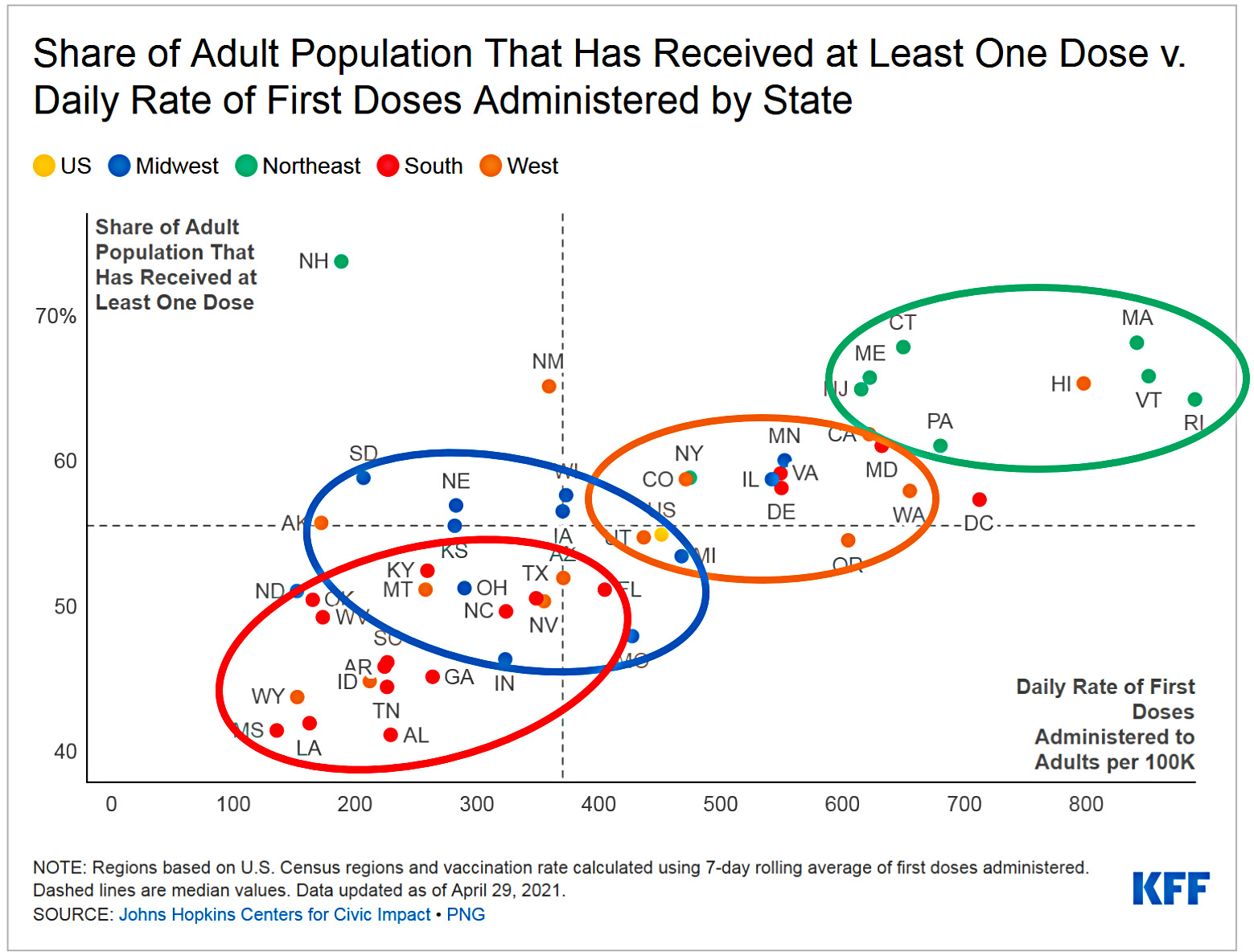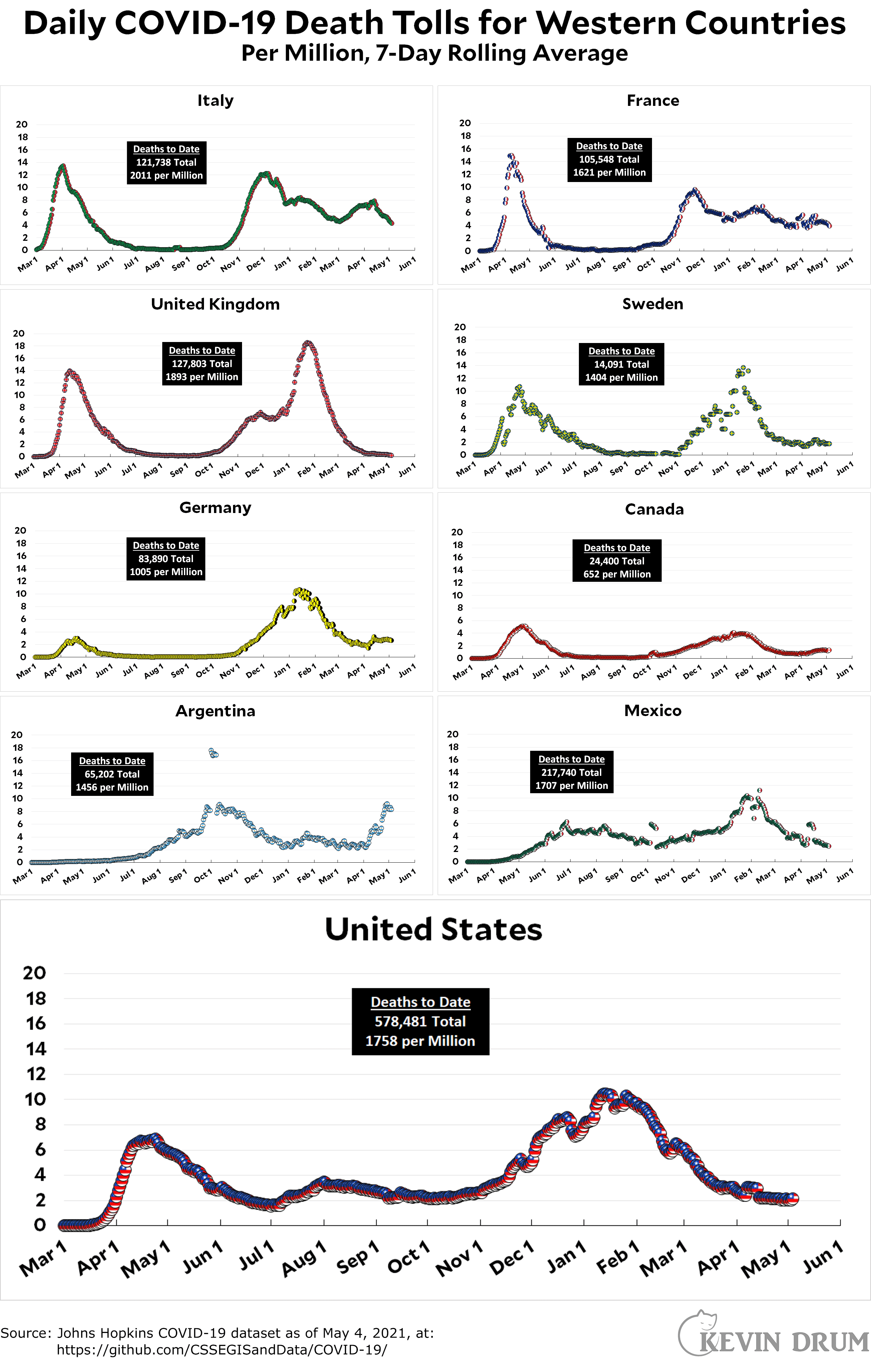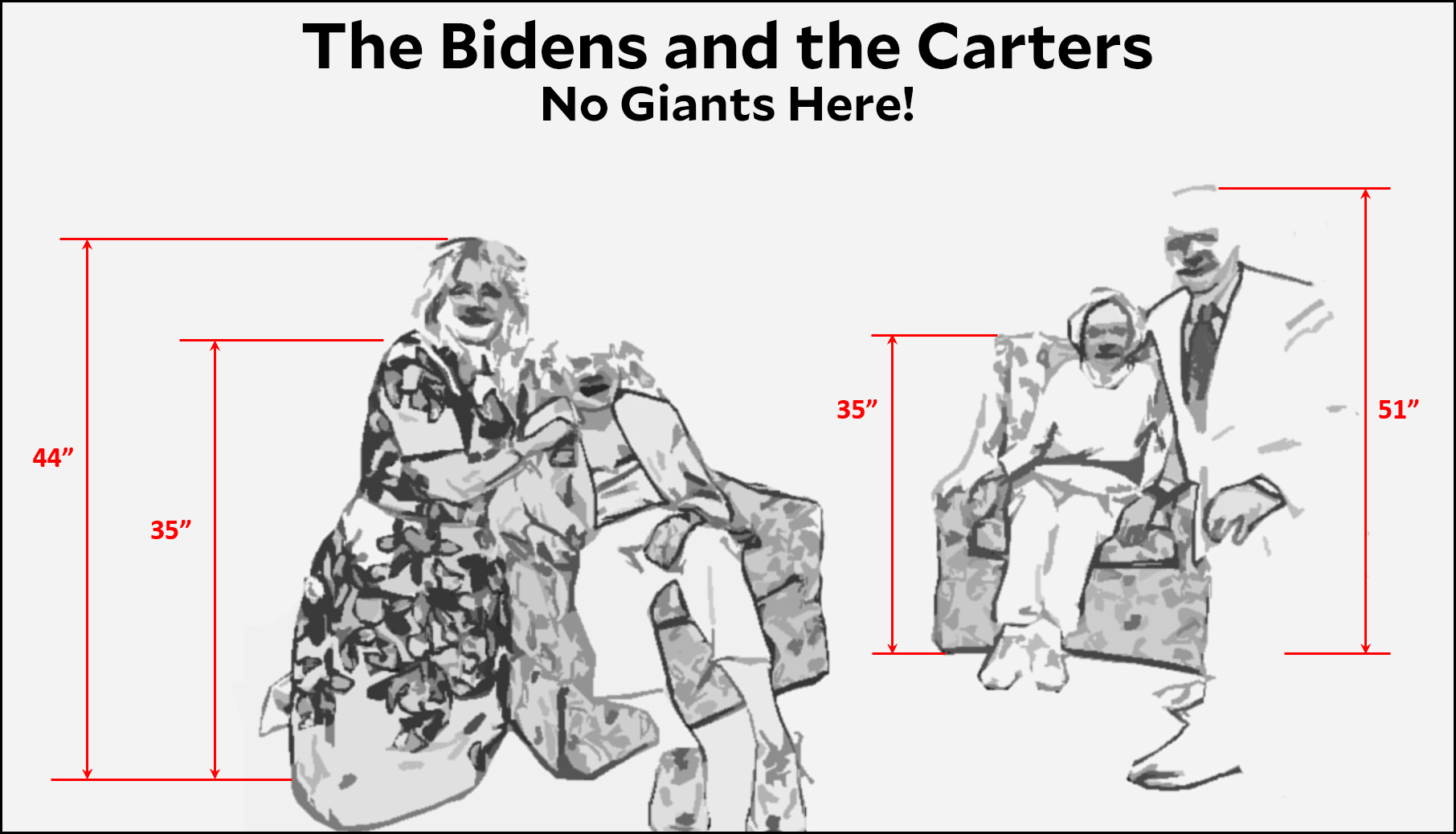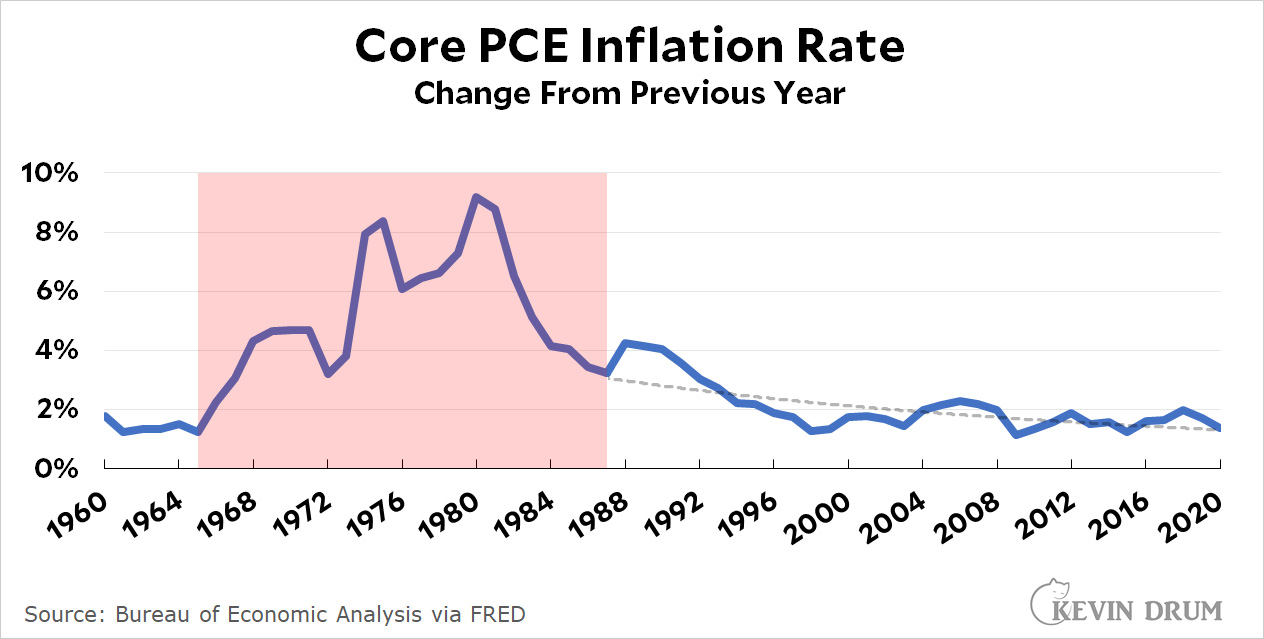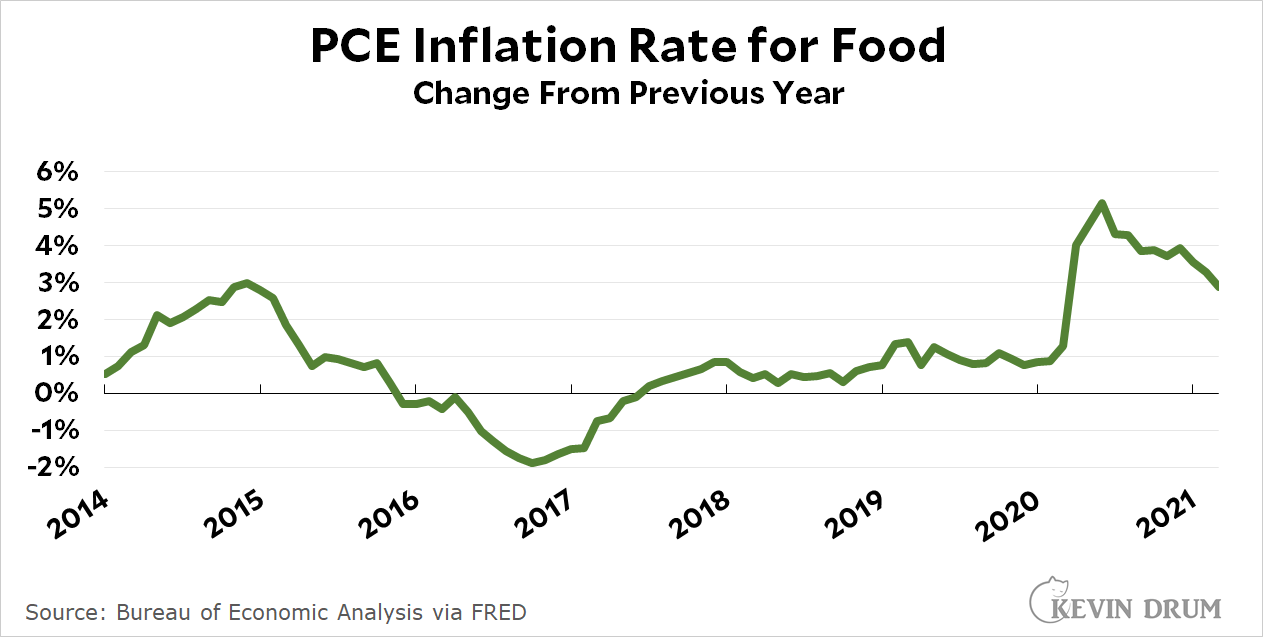My lunch partner and I were discussing the general question of wokeness and "critical race theory" in schools today, and I promised to look into the whole thing a little more deeply than I have so far (which is roughly zero). I'm not sure I'll follow up on that promise, but when I got home I found that at least a few corners of the internet were frothing over an alleged attempt by the state of California to destroy math education. This turned out to be prompted by an article in Reason, written by Robby Soave, about California's latest draft framework for K-12 math.
The bill of particulars is basically that (1) the framework wants to eliminate advanced math courses, especially calculus, and (2) it spends lots of time on connecting math to social justice concepts like bias and racism.
Does it? You guys don't pay me enough to read the whole framework, but I did demonstrate my dedication to the cause by reading chapters 1 and 2. I will say up front that the framework is practically bursting with edu-jargon and references to allegedly scholarly papers. This is not my cup of tea, but I won't hold it against anyone. So what does the framework say?
First off, it does indeed spend a lot of time connecting math to social justice concepts, but it's worth noting that this is done in a fairly conventional way. Everyone has agreed for decades that math needs to be made "relevant" by posing problems connected to the real world, and the new framework carries on this tradition. The big difference is that some of their examples involve social justice issues. For example:
Ms. Ross selects three word problems to connect with the class’s current read-aloud of George, a novel by Alex Gino that shares the story of a 10-year-old transgender fourth grader and her struggles with acceptance among friends and family.
There are other examples like this, and they're mostly just updated versions of the story problems that we all dreaded back when we were in math classes. I don't see much harm here, though I suppose your mileage will vary.
Second, the framework takes on the issue of tracking, which has been the source of math pedagogy wars since before I was born. The new framework comes down firmly on the anti-tracking side up through middle school, based on the idea that recent neurological research shows that (a) anyone can learn math up to high levels,¹ and (b) advanced kids who take the standard Common Core classes do better than those who are tracked into honors classes:
The overall achievement of the students after the de-tracking significantly increased. The cohort of students who were in eighth-grade mathematics in 2015 were 15 months ahead of the previous cohort of students who were mainly in advanced classes (MAC & CAASPP 2015).
As for calculus, the authors are unhappy about a "rush to calculus" that's mostly motivated by an insane competition for entrance to elite universities and "does not lead to depth of understanding or appreciation of the content." However, they also explicitly say this:
All students can take Common Core-aligned mathematics 6, 7, and 8 in middle school and still take calculus, data science, statistics, or other high-level courses in high school.
These are not the words of people who hate high school calculus.
In the end, the framework is guilty of the following sins:
- Offering examples that incorporate issues of racism, sexism, etc.
- Urging teachers to develop lesson plans that take into account the needs of English language learners.
- Insisting that tracking is bad in lower grades because it encourages teachers to give up on "slow" students—very often children of color—who could learn more if they were given the chance.
- Promoting an approach that leads to deeper learning by rejecting the current approach of memorizing a laundry list of concepts that students can't connect to any real-world problems. (It's maybe worth noting that every math framework ever written promises this.)
- Offering calculus for those who want it, but not encouraging it as much as we do now.
- Using an ungodly mix of pedagogy jargon and social justice buzzwords.
I won't pretend that I agree with all of this, but neither do I think it spells the end of decent math education here in the Golden State. The bottom line is that if you hate the idea of schools incorporating social justice into their classrooms then you'll hate it here too. If not, then you won't. But either way, I doubt that it will have much effect one way or the other on the ability of students to learn math.
¹Without diving too deeply into this, I'll note that this belief is driven in large part by mindset theory, which says that children learn better if they are taught to adopt a "growth mindset." A growth mindset is one in which children believe that abilities like intelligence can be improved over time. Conversely, a "fixed mindset" teaches that things like character, intelligence, and creative ability are largely static.
Unfortunately, mindset theory hasn't fared well in recent research that has attempted to replicate the original mindset studies. Frankly, all the social justice stuff bothers me less than the framework's unquestioning reliance on a theory that hasn't panned out in the decade since it was introduced. If this is typical of their approach, there's little chance that the new framework will be successful.
